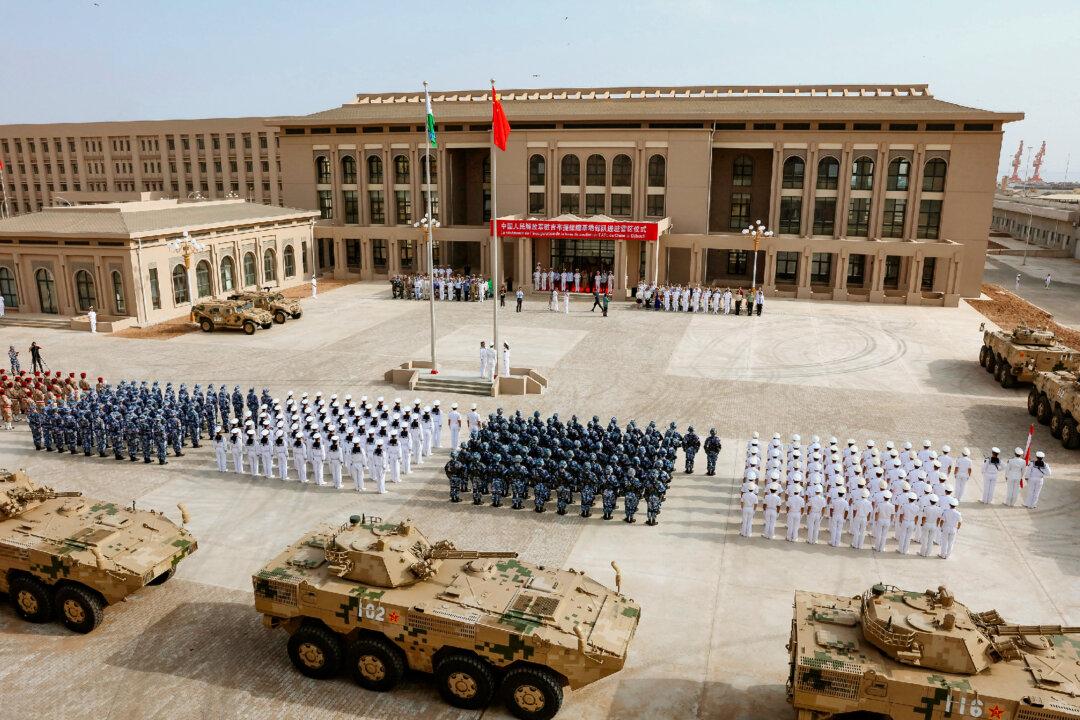Commentary
China is pursuing a very different military strategy from that of the United States, and the Pentagon needs to understand this. At the same time, China has serious problems of its own.

China is pursuing a very different military strategy from that of the United States, and the Pentagon needs to understand this. At the same time, China has serious problems of its own.